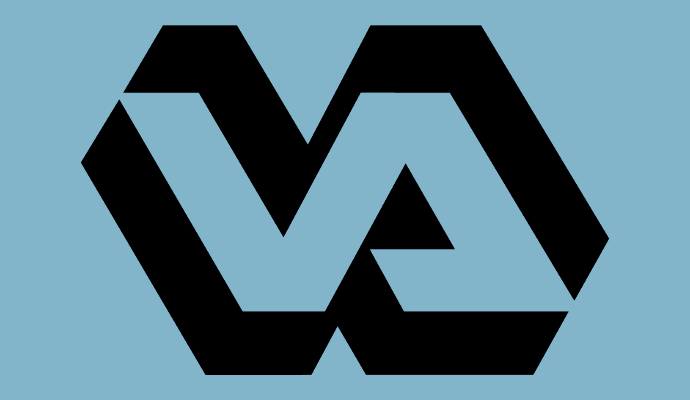VA Needs Healthcare IT Infrastructure to Utilize Health Data
The Department of Veterans Affairs needs to build healthcare IT infrastructure that can utilize increasingly large amounts of health data on veterans, observed Gil Alterovitz, who was recently appointed as the VA’s first director of artificial intelligence.

Source: VA
- The Department of Veterans Affairs (VA) needs to build healthcare IT infrastructure that can utilize increasingly large amounts of health data on veterans, observed Gil Alterovitz, who was recently appointed as the VA’s first director of artificial intelligence.
The right infrastructure will make it easier to share health data assets, in a secure manner, with outside experts who can help VA get the biggest return on its research investment, Alterovitz observed.
Alterovitz is leading an effort to expand the use of artificial intelligence in veterans’ healthcare.
“Given how health care is evolving, AI is really the only way to move forward in terms of reducing costs and providing better care,” he observed.
Alterovitz is working with Scott DuVall, who heads the VA Informatics and Computing Infrastructure (VINCI), in this effort.
The two are working to put VA health data to work for veterans, such as the Million Veterans Program, which has so far collected genomic and health data on more than 750,000 veterans. The goal of MVP is to partner with Veterans receiving their care in the VA Healthcare System to study how genes affect health.
“That is what you need to do optimal AI—a lot of deep knowledge,” said Alterovitz. “AI is key to really taking advantage of that data to help vets and potentially others, as well.”
Alterovitz Leading 'Health Tech Sprint' at VA
Alterovitz is now leading a “sprint” within VA that is modeled after a broader “Health Tech Sprint” that he co-led during his time at the Department of Health and Human Services (HHS).
In a 14-week "sprint" that took place last fall, several organizations developed apps and other digital tools that used open databases from different federal agencies and technologies such as AI. One tool the HHS sprint created helped match cancer patients to clinical trials and experimental therapies.
A major focus of the VA sprint will be forging partnerships with outside organizations that specialize in AI.
“We’re working with a few organizations that can test out small amounts of data in the VA format. Then they can build the AI tools and develop a program that can then be used on a larger data set,” Alterovitz said.
The goal is to develop a “parallel, potential pathway to partnerships that comes about through data-based sprints,” he observed.
VA is also training scientists to work with big data through its Big Data Scientist Training Enhancement Program, which was launched in collaboration with the National Cancer Institute. The program aims to “train a new generation of ‘hybrid’ clinical scientists [who will use] data science to develop innovative methods for improving health care,” he related.
AI To Benefit Veterans through Better Cancer Imaging
One area where AI can immediately benefit veterans’ health is cancer imaging. AI-powered computers can improve the analysis of computerized tomography scans and other medical images. “We’ve found that AI can see things that clinicians don’t see until much later,” said Alterovitz.
This can help VA doctors detect cancer early and predict which tumors are likely to spread.
“There’s a lot of exciting work in imaging diagnostics with deep learning, outside the VA, and lots of potential within VA,” said Alterovitz. “But there’s not a lot of activity right now within VA. It’s perhaps a little under-represented. Sometimes images are stored locally, and they’re not accessible. These technologies are new, and we need to bring them into VA.”
AI “can educate physicians on what to look for,” he added.
Alterovitz stressed that AI will not replace people but improve patient outcomes.
“What ended up happening was that people realized technology augmented things, rather than displacing people,” he said. “It helped them in some way, or made things more efficient, so they could spend more time on things they wanted to do, or that were more relevant to their core mission. There were background tasks they didn’t have to deal with as much.”
